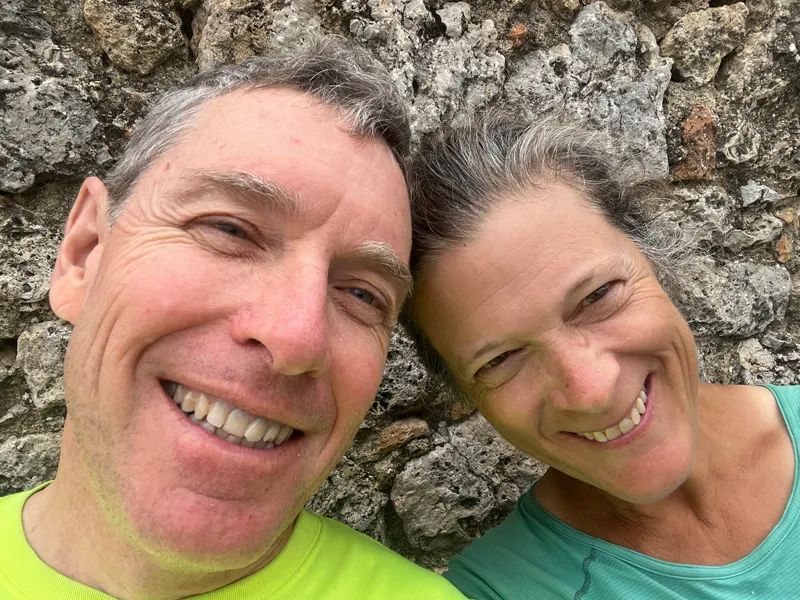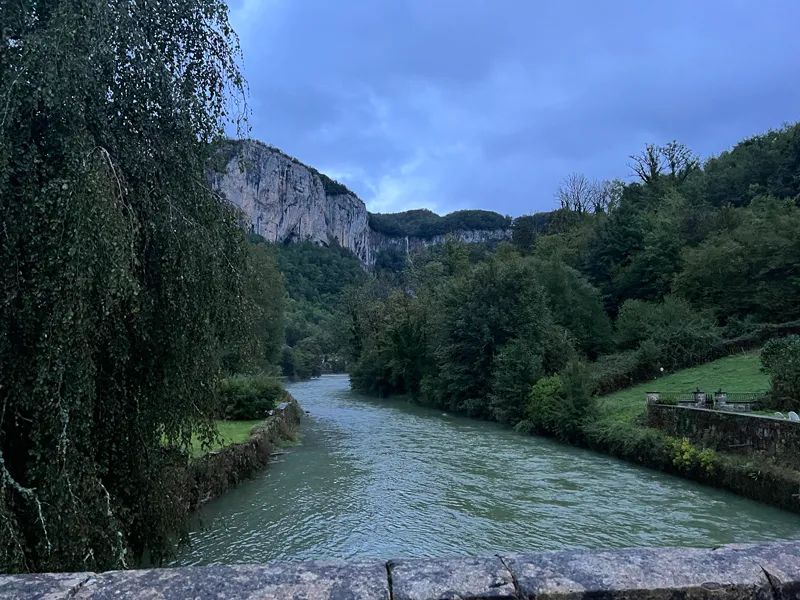
Walk of Wonder, Joy & Gratitude
Red Lodge woman takes the 1,200 mile walk along the Camino Via Franscigena
Somewhere in the heartland of Northern Italy, a farmer tilled a fallow field, and as he did, the wind picked up a plume of dust. Lea Page saw it coming as she walked the quiet country road, but just before she tucked her chin and tipped her head to brace for the dirty cloud, the farmer stopped his tractor. The dust settled. She passed. As she did, he waved.
“You can go for miles on a simple kindness,” Lea says, remembering the warm and sunny day last September.
She was midway through a 1,200-mile walk, the Walk to Camino Via Franscigena, a journey Lea started in Calais, France, that took her across France into the Swiss Alps and zig-zagging across Italy to Rome. The route wound through the Champagne vineyards of France, up and across the famous St. Bernard Pass in the Swiss Alps, across the interior of Italy, to the Mediterranean Coast, and through the rolling hills of Tuscany.
Looking back at all the beauty she encountered, Lea measures the distance not by landmarks but by the small acts of kindness she experienced along the way.
Camino walks of various distances can be found all over Europe. They are medieval routes taken by early Christian pilgrims as they traveled from one church community to another. The most famous today, Camino de Santiago, starts in the French Pyrenees and traverses about 480 miles across northern Spain to the Cathedral of Santiago. The most popular of the Camino walks, it sees thousands of pilgrims a year, and villages along the route cater to walkers. Lodging is easy to find, except in busier months, and restaurants promise some of the region’s best dining. The scenery is beautiful, and landmarks along the way are stunning. Also known as the French Way, it’s a social and cultural experience.
Lea did that walk in 2018, and it sparked an obsession. She wanted something longer this time, and less traveled. Camino Via Franscigena offered that and, as she discovered, much more.
“This was different. You’re almost entirely alone,” Lea says. “Half the people didn’t even know what I was doing, and I liked that.”
Unlike her first Camino walk, infrastructure on the Franscigena didn’t cater to pilgrims. The scenery was spectacular at times, but sometimes she crossed large, ordinary cities, walked along busy highways, and traversed long stretches of unremarkable farmland between small villages.
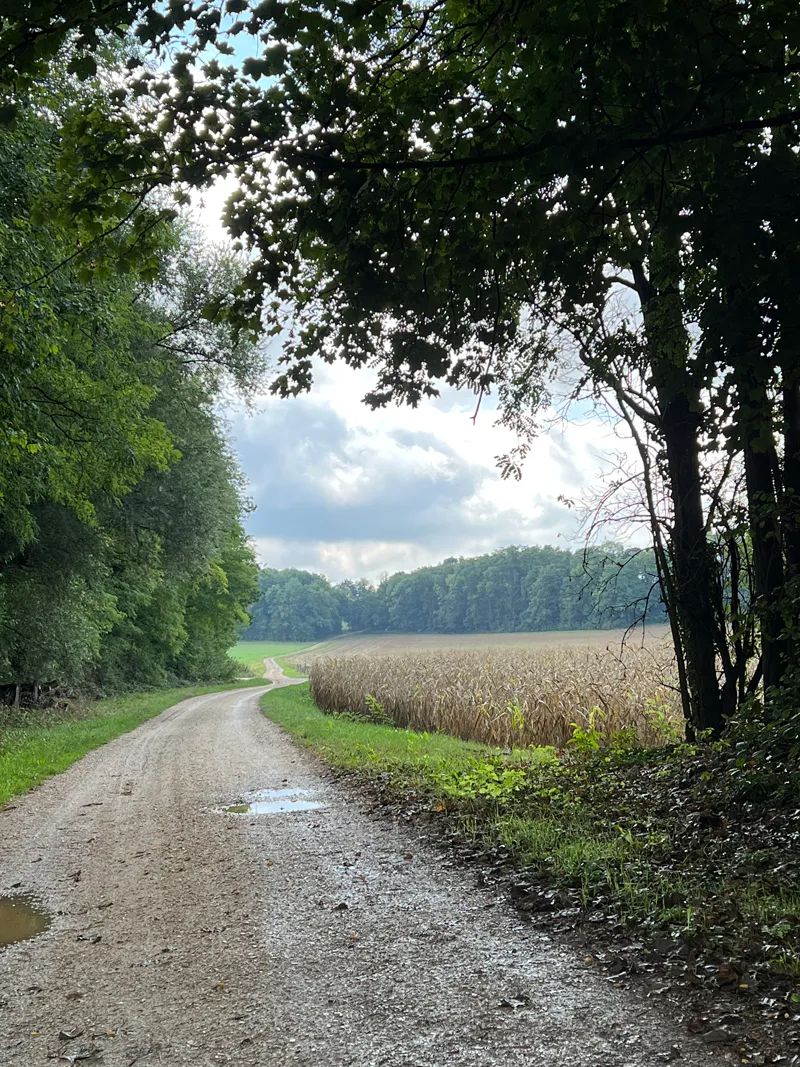
Though Lea was hardly ever noticed, her large backpack sometimes gave away her identity as a pilgrim. When they saw she was walking the Camino, locals shouted out a friendly “Buon Camino” or “Buon passegeiatia.” Motorists would often beep their horns and wave.
Lea found lodging as she went and at the end of each day she searched out grocery stores for provisions. Those grocery stores, and the cold Coca-Cola she’d buy there, were a highlight of each day. Lea knows Spanish and did her best to learn Italian before her trip. Often, she would chat with people if they started a conversation.
“The interactions felt so meaningful,” Lea says.
A vegetarian, Lea lived mainly on bread, cheese and yogurt, cooking what little she could for dinner in her hotel or apartment.
“The whole country is like a mother asking, ‘Are you getting enough to eat?’ I learned to say, ‘I’m eating very well.’ If you did say you were a little hungry, they would mobilize and not let you leave without eating,” Lea says.
Each night before bed, Lea would write in her journal. “Keeping the journal changed how I experienced the walk,” Lea says. “I realized I spent the whole day looking for what I want to put on my page. It dialed up my noticing and my awareness.”
Her days became very sensory, and while many pilgrims have a desire to see the beautiful cathedrals and churches in every city and small community, Lea found herself drawn to more pedestrian scenes, like the two old women chatting on a bench outside a grocery store. Or the motorist she watched being scolded by two women for stopping in the middle of a crosswalk.
“I could just sit outside a grocery store and watch people coming and going,” Lea says. “It was fascinating. Utterly fascinating.”
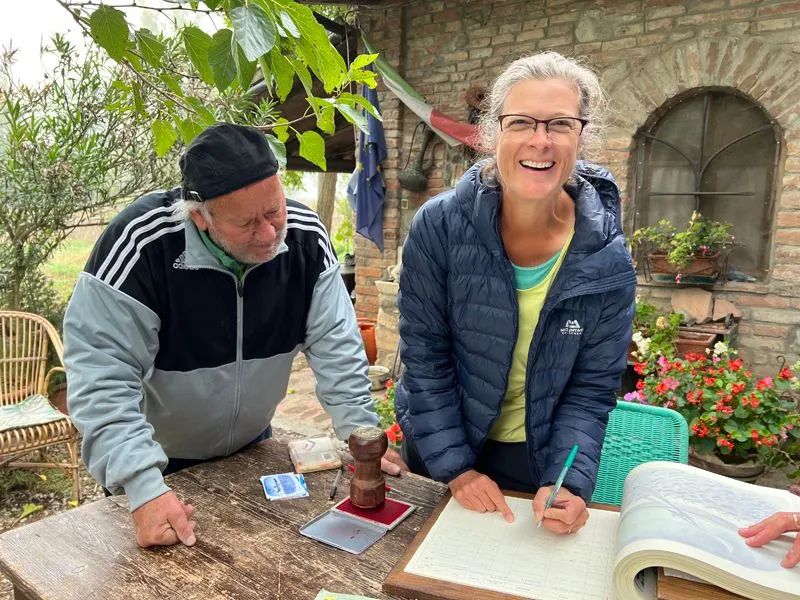
She dedicated only one journal page to each day and followed the advice of poet Charles Simic, who said, “Be brief and tell us everything.” She found the brevity was accessible, simple and poetic.
“I wanted to make my journal pretty too, but I can’t draw, and I can’t paint,” she says.
Lea settled on a favorite pen, a small ruler and yellow marker. Every night when she sat down to write in her journal, creating and coloring the header centered her thoughts on the experiences of the day. It became a conscious transition to rest.
“I’m not very good at resting, which is why l like a long walk,” she says. “The thing I like about a long walk is that I’m actually not thinking because everything is in the now. I can spend the entire day absorbing everything around me without having to think.”
Lea, a writer who lives in Red Lodge, had just finished a manuscript, a memoir, and looked to the walk as a way to clear her head. At home, she usually walks about four miles a day. On the Camino Via Franscigena she walked for about eight hours a day, usually covering about 20 miles.
“I’m not good at sitting still, so walking is meditation to me,” she says. “Walking was not the hard part. The hardest part was being gone. I’m a homebody.”
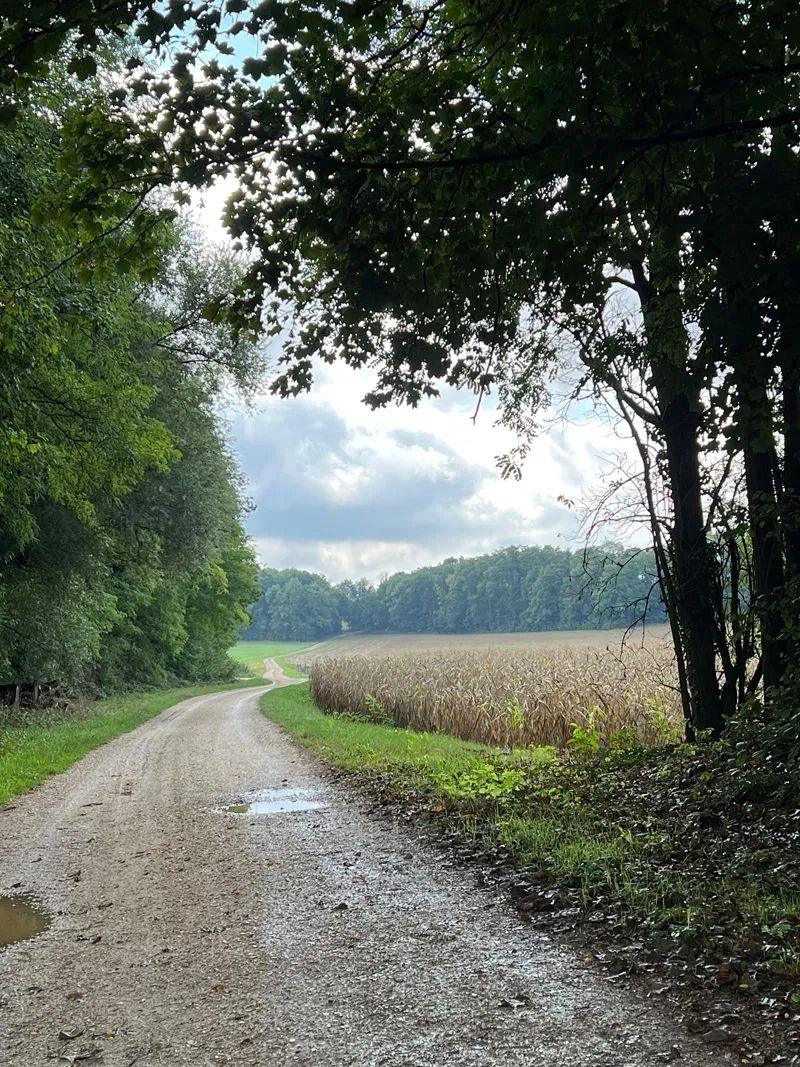
Lea called her husband Ray every night before bed. He would be just waking up in Montana. Ray joined Lea for the last 10 days of her journey. Although Rome was Lea’s final destination, they stopped just short in the town of Acquapendente. Having been to Rome before, Lea and Ray were not excited about trekking through the huge city on foot to the Vatican as most pilgrims do.
“There were moments every single day that I would never give up,” she says. “It wasn’t about the scenery. The scenery was spectacular, but to me that didn’t have any more impact on me than sitting at the grocery store and watching the old ladies.”
Not a day goes by that Lea doesn’t remember at least some small snippet of her journey.
“How do you take that feeling of wonder and joy and gratitude and bring that back?” Lea says.
“You stop seeing because you think you’ve seen it. That’s what I want to carry over, the seeing.”
